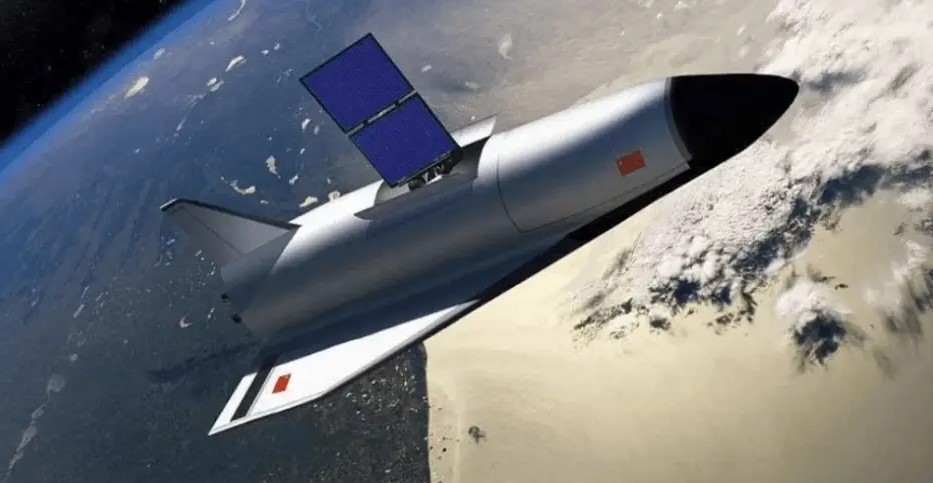
China plans to build a giant railgun to launch hypersonic aircraft into space
The railgun was invented to accelerate projectiles with the help of ampere power. This is usually understood as a weapon of the future, but this technology can be used not only for shooting. Chinese scientists and engineers are going to combine recent advances in electromagnetic acceleration and hypersonic flight to launch heavy aircraft into space. They will be able to accelerate to Mach 1.6 and reach an altitude of 100 km or more.
In 2016, China began work on the Tengyun project, a reusable spaceplane consisting of two aircraft, the larger of which serves as a carrier. A vehicle weighing more than 50 tons and over 30 meters long would require too much fuel to get off the ground on its own. And in order to ensure safety during slow takeoff, compromises would have to be made that would reduce flight efficiency at high speeds, SCMP writes.
Advances in electromagnetic mass accelerator technology have made it possible to overcome these difficulties and prompted experts from the China Aerospace Science and Industry Corporation (CASIC) to test a bold idea: to build a huge railgun to launch spacecraft.
For this purpose, a high-speed muggle train track located in Datong County, Shanxi Province, was used. This 2 km long tunnel can accelerate heavy objects up to 1000 km/h. In the coming years, the track is planned to be extended to allow for speeds of up to 5,000 km/h. Here, the engineers plan to conduct tests and collect data that will be useful for both vacuum trains and rail trolleys.
Calculations have shown that the air flows that occur between the aircraft, the electromagnetic sled on which it is located, and the track become extremely complex and intense during speed gain. One of the first tasks facing the researchers was to ensure the safe separation of the vehicle from the sled. Wind tunnel tests and computer simulations have shown that when the vehicle breaks the sound barrier, numerous shock waves are generated.
When the sled accelerates to its maximum speed and stops abruptly, firing a projectile, the chaotic air flow first pushes the vehicle forward, but then, in 4 seconds, causes a reverse thrust. If there were passengers inside, they would feel a short-term weightlessness. However, as you move away from the track, the intensity of the air vortices decreases, and the vehicle can enter the stage of rapid climb.
It also became clear that some parts of the device needed to be strengthened to resist shock waves. And further tests are needed. But in general, the technology is safe and reliable, according to the authors of an article published in the scientific journal Acta Aeronautica.
The timing of the implementation of this idea in practice is unclear. Obviously, this will take 10 to 20 years, since, in addition to achieving the required speed, developers will have to solve many other problems, including the strength of the spacecraft structure, their instruments and engines for operation in space.
Engineers from the California startup SpinLaunch consider rocket fuel a relic of the past and propose to introduce a new method of sending satellites into orbit – a giant centrifuge capable of spinning a rocket up to 8,000 km/h and then launching it into the sky like a stone from a sling. Airbus and Alphabet have already believed in this idea, and now NASA has signed an agreement to test the technology.

